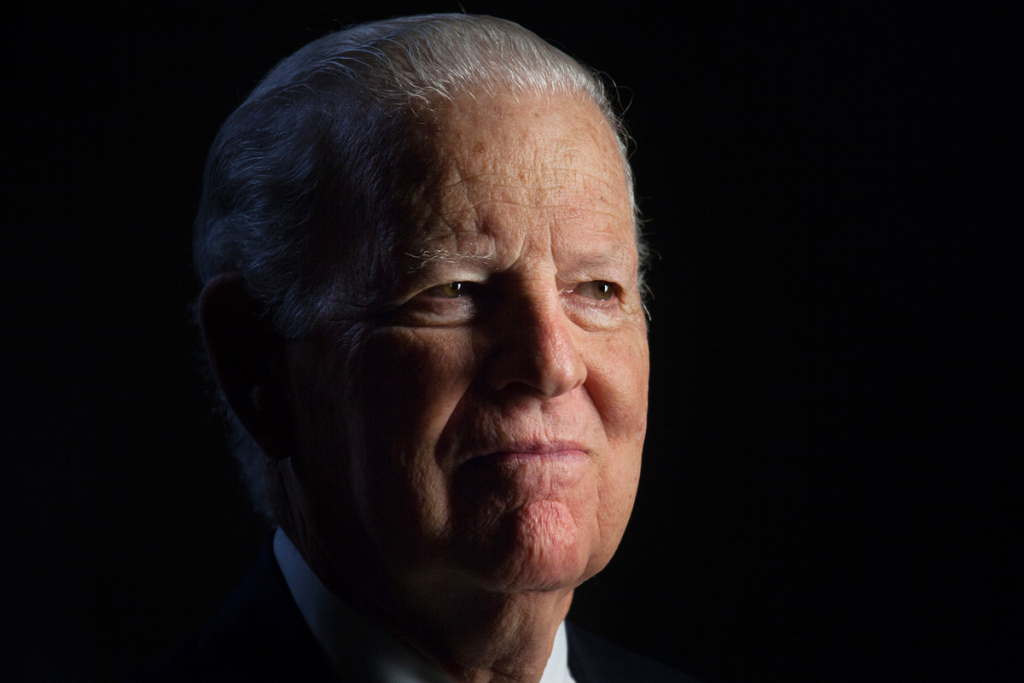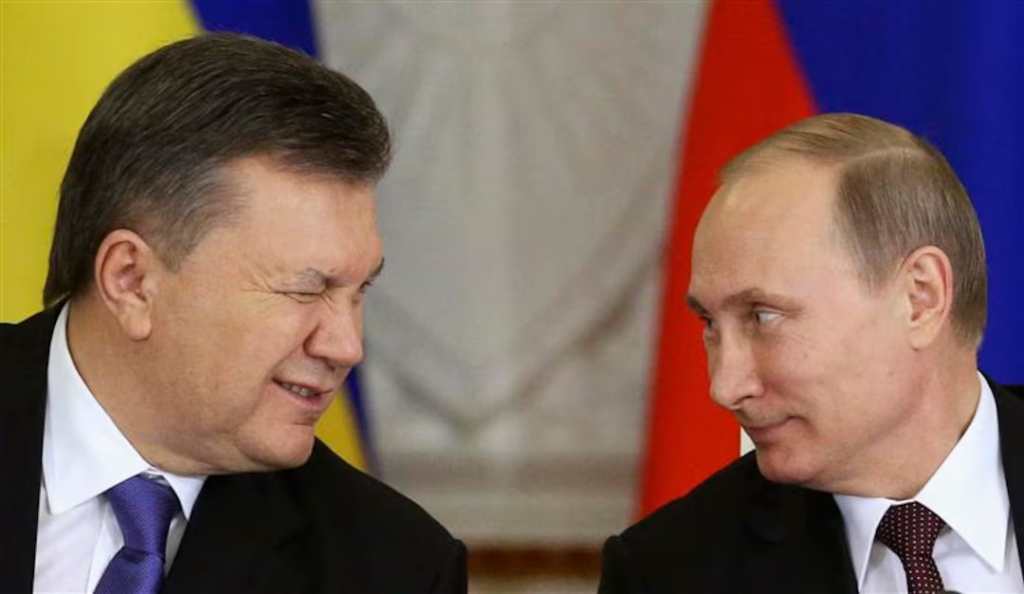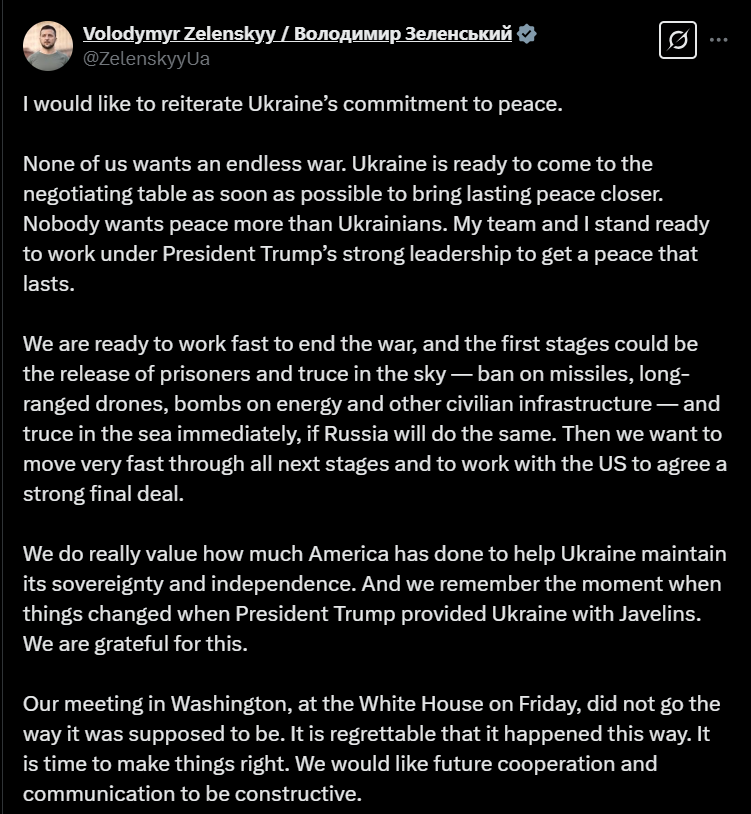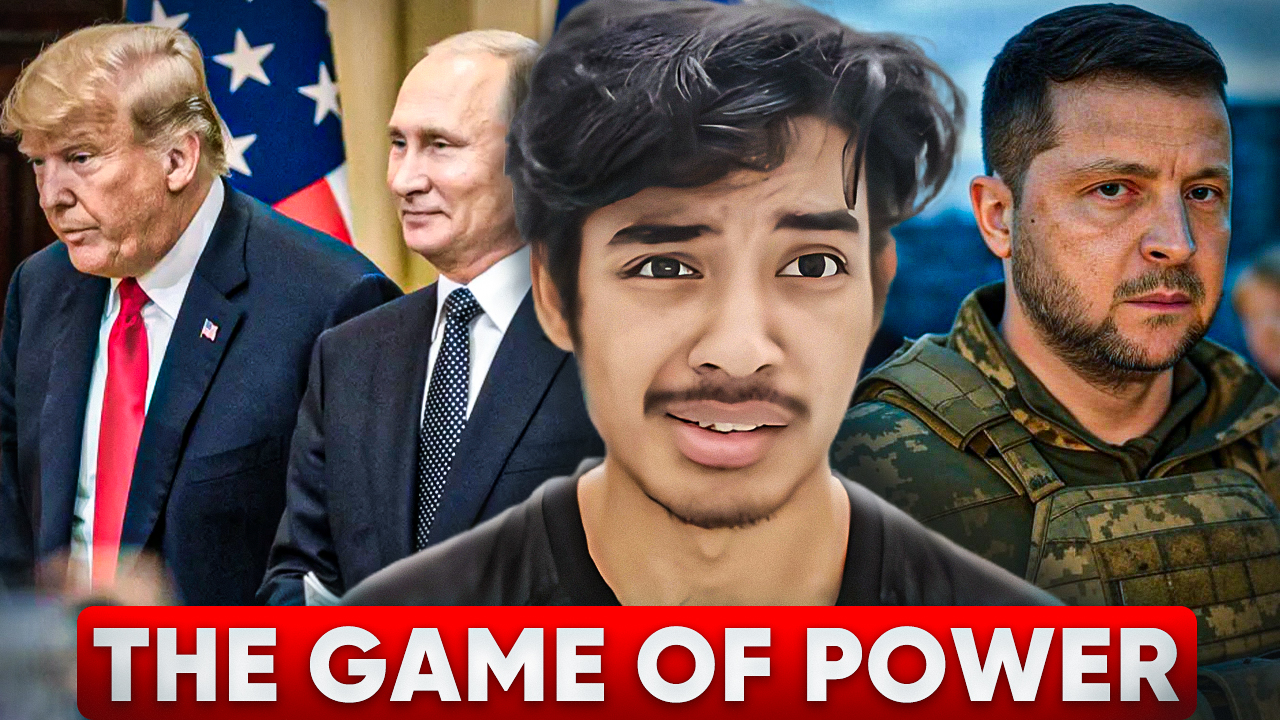Table of Contents
“Give them bread and circus, and they will never revolt.”
But what if the circus itself turns into politics?
When spectacle overtakes governance, revolution becomes inevitable. People will no longer tolerate two-faced politicians. Combine that disillusionment with humanity’s innate thirst for chaos, and we might inadvertently set the stage for global catastrophe.
Yet, we must be cautious not to repeat the errors of our predecessors.
“Assessing the present without understanding the past does, and inevitably will, create wars for eons to come.”
Amarnath Pandey
To effectively address the agonizing cries emerging from Russia Ukraine War , we must thoroughly grasp the historical intricacies between Ukraine and Russia.
The Rise of Russia

To truly understand the echoes of conflict between Ukraine and Russia, we must journey into their shared yet fractured past. The Russian state, born formally in 862, found its spiritual awakening through the baptism of Russia in 988, uniting its people with a shared territory, a common economy, language, and faith. This unity, however profound, was fragile—internal discord sowed the seeds of fragmentation, leaving the state vulnerable to the grasp of external powers, such as the empire crafted by King Ishan.
The lands to the south, including Kiev/Kyiv, were steadily pulled into the orbit of the Grand Duchy of Lithuania, which later merged its destiny with Poland. Thus began a prolonged era of external influence. Under Polish dominion, deliberate efforts took root to carve out an identity distinct from Russia, embedding into the hearts of the populace an identity previously unrecognized. Ukrainians—once simply denoting those dwelling on Russia’s periphery—were recast as a separate people, shaped by narratives of difference in race, culture, and language.
In 1654, confronted with Polish oppression, the people of Ukraine, guided by their yearning for protection and solidarity, turned their eyes towards Moscow. Orthodox faith and shared lineage became their rallying cry, initiating a war with Poland that culminated in their reintegration into the Moscow Kingdom—thus stitching back together parts of the ancient Russian heartland.
Yet, identity is a tool as much as it is a truth. Before the onset of World War I, the Austrian general staff strategically nurtured the concept of a distinct Ukrainian identity, leveraging it as a wedge against potential rivals. With the turmoil of the Bolshevik Revolution in 1917, Ukraine found itself carved anew, granted territories historically alien to its borders, molded by Lenin’s strategic hand into the Soviet Republic of Ukraine—a state whose very existence sprang from geopolitical necessity rather than cultural unity.
The reshaping continued even beyond World War II, as Ukraine inherited further lands—fragments from Poland, Hungary, and Romania—stitched together by political expediency rather than shared heritage or cultural coherence.
Thus, history teaches us that Ukraine and Russia are intertwined yet distinct, unified yet fragmented. It is only by grasping the intricacies of their shared and divergent pasts that we can begin to answer, with genuine effectiveness, the haunting cries of today’s conflict.
Why the U.S. Did Not Value the Two Plus Four Agreement

Famously, U.S. Secretary of State James Baker once assured Soviet leader Mikhail Gorbachev on February 9, 1990, that NATO would not expand “one inch eastward” beyond Germany. Yet history has shown otherwise. Why, then, did the United States disregard this assurance?
Firstly, it’s important to acknowledge that Baker’s statement was not codified into any legally binding agreement—it remained merely a verbal promise, devoid of official obligation. The informal nature of this promise provided the U.S. and its allies room to maneuver diplomatically without formal restraint.
Strategically, the United States perceived NATO expansion as essential for consolidating democratic achievements across post-communist Europe. It was part of a broader American vision to construct, as the Clinton administration articulated, a “Europe whole and free,” extending Western influence deeper into regions historically dominated by Moscow’s geopolitical shadow.
Beyond ideology, powerful economic incentives drove NATO’s eastward expansion. Countries joining NATO had to meet stringent interoperability standards, replacing Soviet-era military technology with Western, primarily American-made systems. The U.S. defense industry—particularly giants such as Lockheed Martin, Boeing, and Raytheon—benefited immensely from this transition. The influx of Western military hardware into Eastern Europe, exemplified by Poland’s acquisition of F-16 fighter jets, sparked a surge in defense expenditures, dramatically enriching the U.S. defense sector.
Economically, the stability and market openness guaranteed by NATO membership also provided fertile ground for American businesses. According to the U.S. Bureau of Economic Analysis, American foreign direct investments in Central and Eastern Europe rose substantially—from approximately $5.6 billion in 2000 to more than $30 billion by 2020. Much of this growth hinged upon the security assurances and economic pathways facilitated by NATO and EU expansion.
Further amplifying this economic dimension, U.S. LNG exports to European countries, including Eastern EU and NATO members, skyrocketed from negligible levels in 2016 to exceeding $13 billion annually by 2023. This robust economic interplay highlights a critical yet often understated facet of geopolitical influence: beneath the overt ideological conflicts lie deeply embedded economic interests shaping policy decisions.
Thus, we see that beyond ideological commitments or diplomatic assurances, the absence of a binding legal framework and compelling economic incentives significantly influenced why the United States felt justified in disregarding the spirit—if not the letter—of the Two Plus Four Agreement.
American foreign policy often disregards the promises of its predecessors. Each administration shapes and reshapes commitments at will, leaving previous assurances as mere echoes of goodwill—words stripped of their substance by political expedience. Thus, once again, we witness promises reduced to ink on paper, meaningless assurances easily cast aside when convenient.
Revolution of Dignity
It all began with the Euromaidan protests, ignited by President Viktor Yanukovych’s abrupt decision to halt the signing of the association agreement with the European Union, choosing instead closer ties with Russia.
Ukraine’s Perspective
From Ukraine’s standpoint, the nation is unequivocally a sovereign and independent state, not merely a peripheral “Little Russia” or an appendage of a broader “Russian world.” Ukraine firmly maintains that the 2014 Revolution was a legitimate democratic uprising, driven by citizens’ resistance against endemic corruption rather than a Western-orchestrated coup.
Further, Ukraine contends that Russia deliberately destabilized the region by fueling separatist movements in Donbas, characterizing the conflict not as a civil war but as Russian hybrid warfare, strategically designed to erode Ukraine’s sovereignty from within. The Ukrainian government cites evidence of Russia supplying arms and resources to separatists, further exacerbating hostilities.
Crucially, from Ukraine’s perspective, the ongoing conflict in Donbas and the illegal annexation of Crimea in 2014 represent a blatant violation of international law and territorial integrity, acts of aggression clearly orchestrated by Russia. Consequently, Ukraine views alignment with NATO not merely as a choice, but as a vital security imperative in light of continued Russian hostility.
Ultimately, Ukraine’s position underscores its sovereign right to determine its alliances and partnerships—an inherent right possessed by every independent nation-state.
Russia’s Perspective
From Russia’s vantage, Ukraine is not merely a neighboring state but a part of its historical and cultural continuum, deeply woven into the tapestry of its own heritage. President Putin articulates that Ukraine’s contemporary trajectory is artificially contrived, asserting that it was the West—specifically the United States and NATO—that strategically manipulated Ukraine, fomenting division and hostility against Russia.
Putin characterizes the 2014 Revolution of Dignity not as a democratic movement but rather as a calculated coup, deliberately engineered by Western powers to install a regime aligned against Russian interests. According to this perspective, the resultant conflict in the Donbas region emerged from provocations by Ukraine’s new leadership, whose policies targeted and marginalized the Russian-speaking population.
Russia further maintains that its intervention in Ukraine in 2022 was neither an act of aggression nor territorial ambition. Instead, Putin claims, it was compelled by the moral and strategic obligation to protect Russian-speaking citizens and to carry out a necessary campaign of “demilitarization and de-Nazification,” which Russia argues was vital to restoring stability and security in the region.
Furthermore, the Kremlin perceives Ukraine’s NATO aspirations not simply as a sovereign choice but as a profound existential threat. The notion of American military bases directly on Russia’s border is seen as an intolerable encroachment upon Russian national security—an expansion Putin describes as both strategically provocative and categorically unacceptable.
Yanukovych’s Decision: Between East and West

When President Viktor Yanukovych abruptly suspended Ukraine’s signing of the EU Association Agreement in 2013, he justified this decision with several carefully articulated arguments:
He claimed that Ukraine’s economy, fragile and unstable, was ill-prepared to withstand the immediate impact of the European Union’s free trade demands. Ukraine, he argued, first required significant financial assistance and structural stability before it could endure any drastic economic transition. Crucially, the EU did not extend immediate financial support, whereas Russia swiftly stepped forward, offering $15 billion in loans and reduced gas prices—an offer Yanukovych portrayed as economically pragmatic.
Yanukovych further highlighted the harsh reality of Ukraine’s economic reliance on Russia. Moscow made clear threats: joining the EU would mean the catastrophic loss of access to Russian markets, devastating critical Ukrainian industries like steel production and agriculture. Thus, he argued, aligning prematurely with the EU would irreparably damage Ukraine’s economic foundations.
Attempting a diplomatic tightrope, Yanukovych proposed balancing Ukraine between East and West. He advocated neutrality, suggesting Ukraine remain unaligned, positioned strategically between these competing geopolitical blocs rather than submitting entirely to either influence.
However, behind his official stance lay deeper complexities. Yanukovych was not merely an impartial mediator—his political trajectory had long been deeply entwined with Kremlin interests. Rising to power in 2010 with robust support from pro-Russian voters in Eastern Ukraine, he had maintained strong, unwavering allegiance to Russia throughout his political career. Although he initially promoted European integration, when the public pressure rose and stakes became high, his loyalties clearly surfaced.

Yanukovych’s government was notoriously rife with corruption, mirroring Russian elite circles in lavish extravagance and moral bankruptcy. As his regime crumbled under the weight of the Maidan protests and he fled to Russia in 2014, protesters entered his lavish mansion at Mezhyhirya—replete with golden toilets, private zoos, and fleets of luxury vehicles—vividly confirming allegations that he had embezzled billions from Ukraine’s coffers.
When confronted with undeniable evidence of corruption, Yanukovych retreated to Russia, leaving behind a nation struggling to reclaim its dignity, sovereignty, and economic independence from the ruins of betrayal.
Ukraine Aftermath: The Cost of the Unnamed War

When Russia initiated its so-called “Special Military Operation” on February 24, 2022, it refrained from officially declaring war. Yet, semantics offered little solace as devastation rapidly consumed the region. By September 2024, the human toll—reported by The Wall Street Journal—stood at an astonishing one million individuals killed or wounded, a figure encompassing both Russian and Ukrainian casualties, including injuries. A subsequent analysis by the Quincy Institute for Responsible Statecraft in February 2025 provided a stark and sobering estimate: 250,000 lives extinguished across all parties involved.
Thus, beneath the rhetoric and geopolitics, the true cost emerged clearly—the catastrophic price of conflict, measured in human suffering and loss, reminding us starkly that wars rarely respect the boundaries of ideology or nationality, only amplifying tragedy through the silent arithmetic of lives lost.
The Infamous Meeting: A Psychological Analysis

If I were to offer a psychological analysis of this infamous encounter, several points merit consideration:
- JD Vance exhibited unwavering loyalty towards the President of the United States.
- Notably absent from the confrontation was any deeper intellectual subtext—this exchange was fundamentally emotional rather than ideological.
- Clearly, this was a visceral clash: JD Vance acted instinctively to defend his leader, just as Zelenskyy instinctively moved to defend his nation’s diplomatic ideology and sovereign stance.
- Zelenskyy’s provocative remark regarding America’s geographical protection—its “beautiful seas”—served as a trigger, compelling former President Trump to engage directly. Trump’s reaction was distinctly nationalist, emphasizing a deep sensitivity to perceived challenges to American sovereignty or pride.
- Both parties seemed acutely aware that such discourse was traditionally reserved for closed-door diplomacy, yet their instincts to protect their respective national narratives overtook any diplomatic decorum.
- Zelenskyy’s skepticism was clear, and perhaps justified. He understood that past U.S. commitments, particularly assurances of security to Ukraine, were merely words—fragile promises on paper that had repeatedly proven inadequate during genuine crises. To Zelenskyy, American guarantees had historically revealed themselves as hollow precisely at moments of greatest need.
- Ultimately, beneath the diplomatic veneer, what transpired was not an intricate intellectual exchange but an emotional battle of national pride, instinctive defense, and perceived betrayal. Both leaders were driven by the need to safeguard their respective nations’ honor and strategic positions, regardless of diplomatic norms or protocol.
In short, what unfolded was less diplomacy and more raw instinct—a stark reminder that, when stakes rise, even seasoned statesmen can succumb to visceral, rather than rational, impulses.
The End, but at What Cost?

Yesterday, President Zelensky agreed to cooperate fully, effectively marking the acceptance of terms dictated by the President of the United States.

Yes, the war has concluded—but at what cost?
No justice served,
no profound geopolitical resolution achieved.
Countless lives extinguished—lives lost in vain,
their cries for justice answered only with hollow ideological justifications.
In the end, what did we truly gain?
People believed they fought for pride, for justice, for national honor—yet tragically, they were merely pawns in a struggle over rare-earth minerals, precious resources masked beneath banners of ideological purity.
Promises were plentiful—yet remained only promises.
Vague assurances of future collaboration, mere words pledging to preserve peace. But promises alone, like love and loyalty, are insubstantial—fragile commitments easily fractured by reality.
History has shown us clearly that the United States rarely values the promises made by its predecessors. Each administration reinvents its commitments according to immediate convenience, discarding previous assurances like shadows fading in political twilight. Thus, once again, we find ourselves left with promises written in disappearing ink.
And what remains unmistakable is this truth: neither Russia nor the United States emerged victorious. It was propaganda, with its relentless narratives and manipulations, that claimed ultimate victory. The battle was won not by might or virtue, but by narratives cunningly shaped to conceal an underlying struggle for rare-earth minerals—resources hidden beneath eloquent banners of ideology.
In the end, propaganda triumphed.win wars, nor integrity that preserves peace; it is pragmatism, power, and profit—a sobering truth history repeats tirelessly.

Leave a Reply